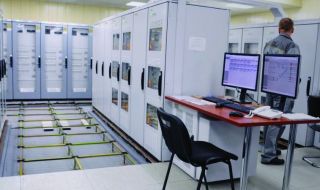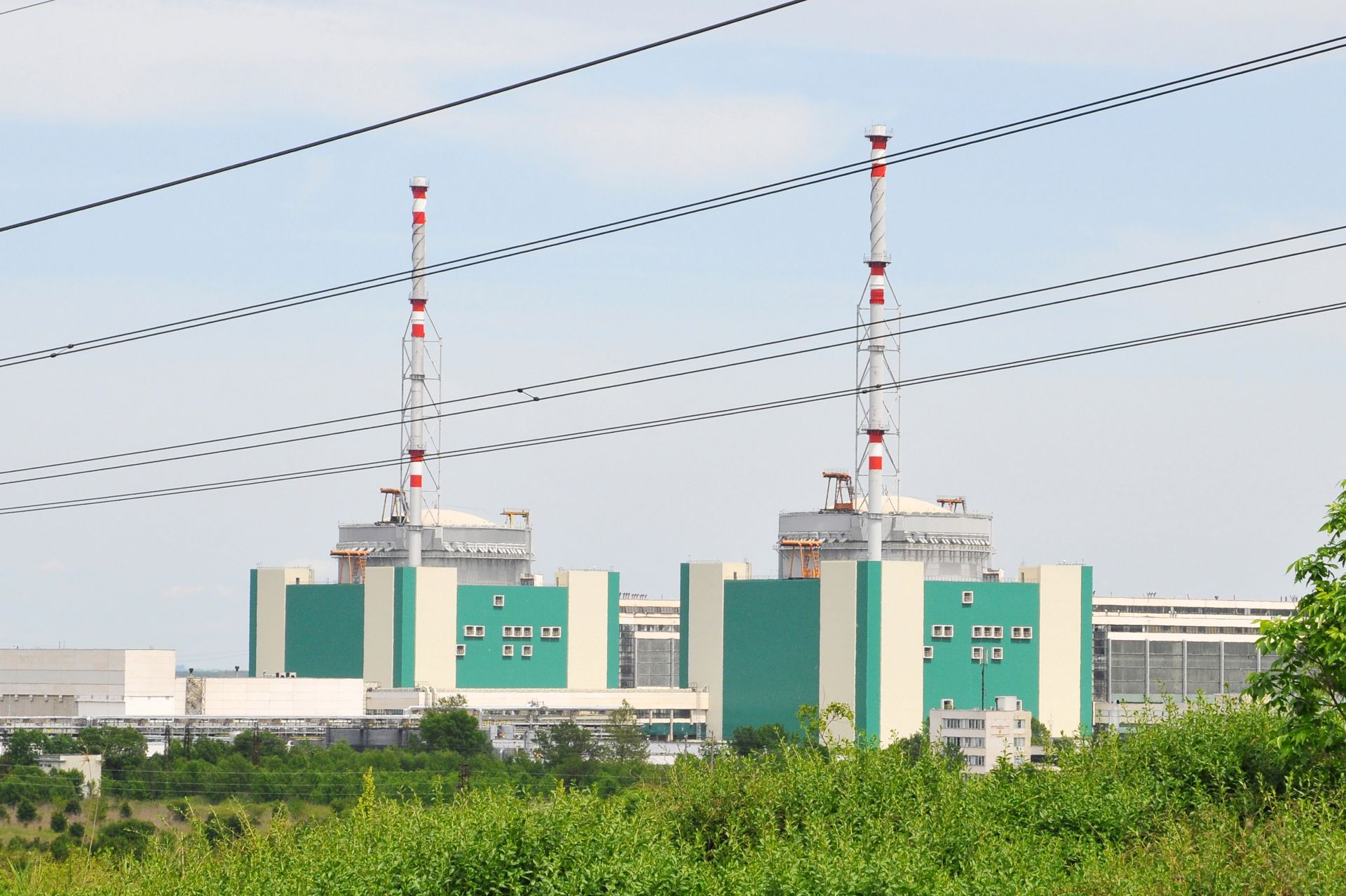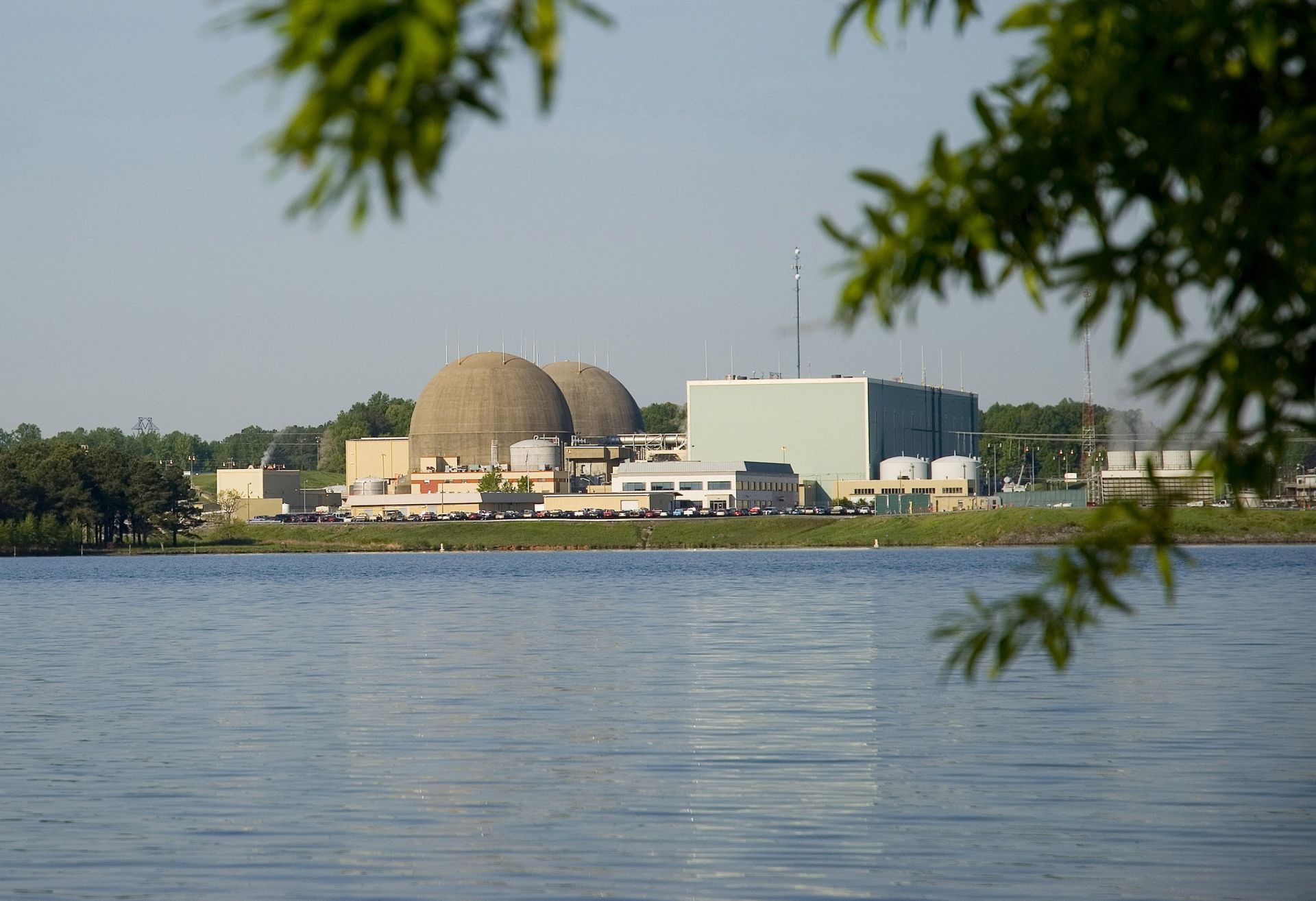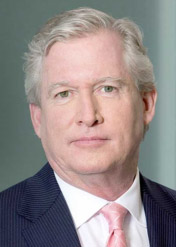INL’s MARVEL could demonstrate remote operation on a micro scale
The Department of Energy launched a 14-day public review and comment period on January 11 on a draft environmental assessment for a proposal to construct the Microreactor Applications Research Validation & EvaLuation (MARVEL) project microreactor inside Idaho National Laboratory’s Transient Reactor Test (TREAT) Facility.
The basics: The MARVEL design is a sodium-potassium–cooled thermal microreactor fueled by uranium zirconium hydride fuel pins using high-assay, low-enriched uranium (HALEU). It would be a 100-kWt reactor capable of generating about 20 kWe using Stirling engines over a core life of about two years.
The DOE proposes to install the MARVEL microreactor in a concrete storage pit in the north high bay of the TREAT reactor building. Modifications to the building to accommodate MARVEL are anticipated to take five to seven months. Constructing, assembling, and performing preoperational testing are expected to take another two to three months prior to fuel loading.



 Adequate uranium resources exist to support the long-term, sustainable use of nuclear energy for low-carbon electricity generation, as well as for other applications, including hydrogen production. That assessment is contained in the latest (28th) edition of
Adequate uranium resources exist to support the long-term, sustainable use of nuclear energy for low-carbon electricity generation, as well as for other applications, including hydrogen production. That assessment is contained in the latest (28th) edition of 



 Chairman Kristine Svinicki announced today that she intends to leave the Nuclear Regulatory Commission on January 20. She issued
Chairman Kristine Svinicki announced today that she intends to leave the Nuclear Regulatory Commission on January 20. She issued  In 1970, a bit more than 50 years ago, then–ANS President Nunzio Palladino gave an evening lecture in Brussels to the newly formed Belgian local section of the American Nuclear Society. It was the seed for what would become the Belgian Nuclear Society, but the story starts even earlier than that.
In 1970, a bit more than 50 years ago, then–ANS President Nunzio Palladino gave an evening lecture in Brussels to the newly formed Belgian local section of the American Nuclear Society. It was the seed for what would become the Belgian Nuclear Society, but the story starts even earlier than that.

